Somapura Mahavihara in Paharpur, Badalgachhi Upazila, Naogaon District, Bangladesh is among the best known Buddhist viharas in the Indian Subcontinent and is one of the most important archaeological sites in the country. It was designated as a UNESCO World Heritage Site in 1985.
Shrine’s History
A number of monasteries grew up during the Pāla period in ancient Bengal and Magadha. According to Tibetan sources, five great Mahaviharas stood out: Vikramashila, the premier university of the era; Nalanda, past its prime but still illustrious; Somapura Mahavihara; Odantapurā; and Jaggadala. The monasteries formed a network; “all of them were under state supervision” and there existed “a system of co-ordination among them … it seems from the evidence that the different seats of Buddhist learning that functioned in eastern India under the Pāla were regarded together as forming a network, an interlinked group of institutions,” and it was common for great scholars to move easily from position to position among them. The excavation at Paharpur, and the finding of seals bearing the inscription Shri-Somapure-Shri-Dharmapaladeva-Mahavihariyarya-bhiksu-sangghasya, has identified the Somapura Mahavihara as built by the second Pala king Dharmapala of Pāla Dynasty. Tibetan sources, including Tibetan translations of Dharmakayavidhi and Madhyamaka Ratnapradipa, Taranatha’s History and Pag-Sam-Jon-Zang, mention that Dharmapala’s successor Devapala built it after his conquest of Varendra.
The Paharpur pillar inscription bears the mention of a 5th regnal year of Devapala’s successor Mahendrapala along with the name of Bhiksu Ajayagarbha. Taranatha’s Pag Sam Jon Zang records that the monastery was repaired during the reign of Mahipala. The Nalanda inscription of Vipulashrimitra records that the monastery was destroyed by fire, which also killed Vipulashrimitra’s ancestor Karunashrimitra, during a conquest by the Vanga army in the 11th century. Over time Atish’s spiritual preceptor, Ratnakara Shanti, served as a sthavira of the vihara, Mahapanditacharya Bodhibhadra served as a resident monk, and other scholars spent part of their lives at the monastery, including Kalamahapada, Viryendra and Karunashrimitra.Many Tibetan monks visited the Somapura between the 9th and 12th centuries.
During the rule of the Sena dynasty, known as Karnatadeshatagata Brahmaksatriya, in the second half of the 12th century, the vihara started to decline for the last time. One scholar writes, “The ruins of the temple and monasteries at Pāhāpur do not bear any evident marks of large-scale destruction. The downfall of the establishment, by desertion or destruction, must have been sometime in the midst of the widespread unrest and displacement of population consequent on the Muslim invasion.” A copperplate dated to 159 Gupta Era discovered in 1927 in the northeast corner of the monastery, mentions donation of a Brahmin couple to Jain Acharya Guhanandi of Pancha-stupa Nikaya at Vata Gohli, identifiable as the neighbouring village of Goalapara.
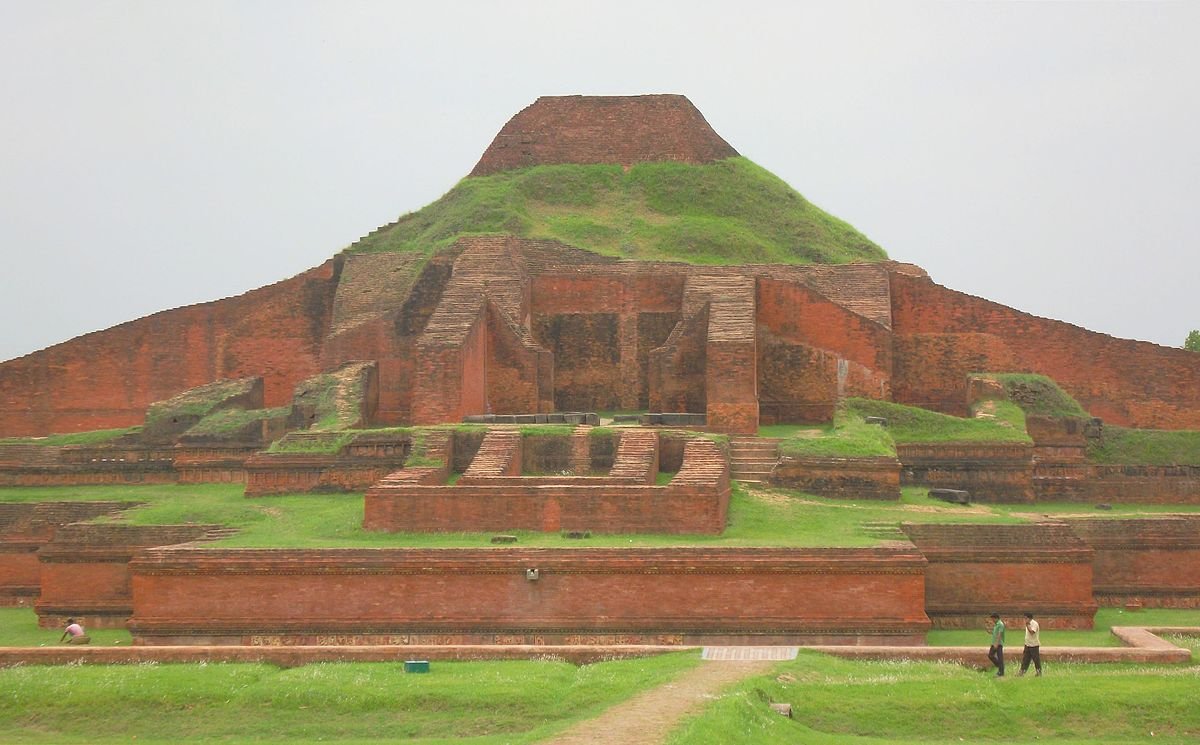
Architectural Relevance of This Shrine
The quadrangular structure consists of 177 cells and a traditional Buddhist stupa in the centre. The rooms were used by the monks for accommodation and meditation. In addition to the large number of stupas and shrines of various sizes and shapes, terracotta plaques, stone sculptures, inscriptions, coins, ceramics etc. have been discovered. The site houses the architectural remains of a vast Buddhist monastery, Somapura Mahavihara, covering 27 acres. It was an important intellectual centre for Dharmic Traditions such as Buddhists, Jains and Hindus alike.
The 21 acre complex has 177 cells, viharas, numerous stupas, temples and a number of other ancillary buildings. The outside walls with ornamental terracotta palques still display the influence of these three religions. In acreage, Somapura was the largest of the mahaviharas. Its architecture was unusual. As one scholar described, the complex was dominated by a temple, which was not typical, and further, the temple had “none of the characteristic features of Indian temple architecture, but is strongly reminiscent of Buddhist temples of Burma, Java and Cambodia, reproducing the cruciform basement, terraced structure with inset chambers and gradually dwindling pyramid form during the age of the Palas some sort of intercourse between eastern India and south-east Asia existed but how this temple type, represented in India by this solitary example, became the standard of Buddhist temple architecture is not known.” Another commented, “there can be no doubt that this style of architecture has most profoundly influenced that of Burma, Java and Cambodia. The nearest approximation to the plan and the superstructure of the Paharpur temple is afforded by the temples known as Chandi Loro Jongrang and Chandi Sevu of Prambanam in Central Java.”
Shrine’s Map Location and How to Go There
By RoadNagaon is integrated into the National Highway system connected to NH 36 and 37 providing easy access to important places in Assam. Buses connect the city with all parts of Assam.By RailThere are two railway stations in Nagaon town, one at Haiborgaon and another at Nagaon proper. The nearest railway junction is at Chaparmukh, which is around 28 km from Nagaon.By AirThe nearest airport is Tezpur Airport. The nearest international airport is Lokpriya Gopinath Bordoloi International Airport in Guwahati.

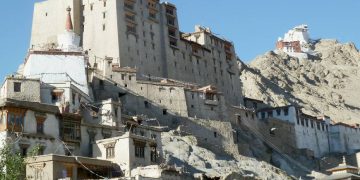

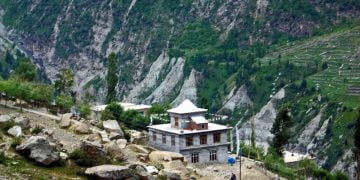
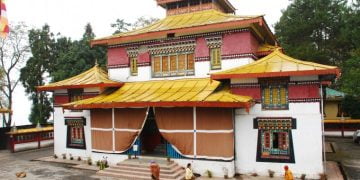

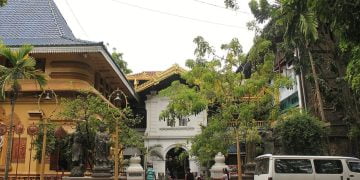
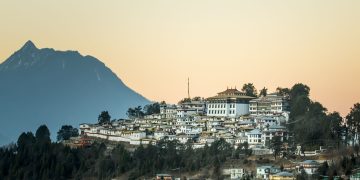
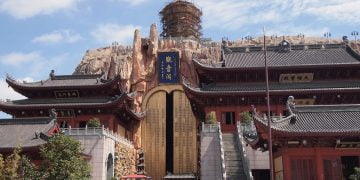
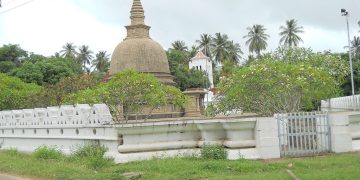
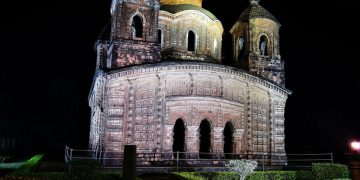
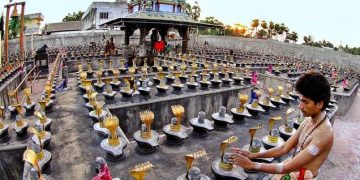

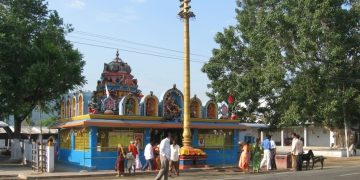
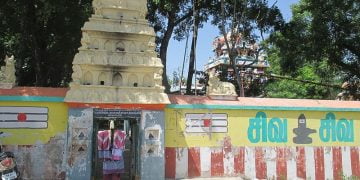
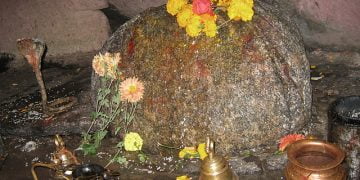
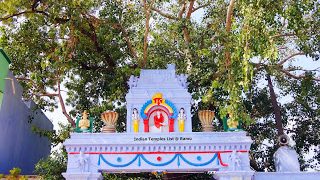
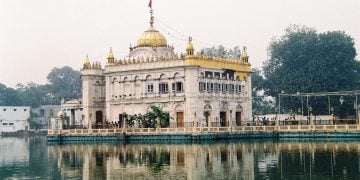
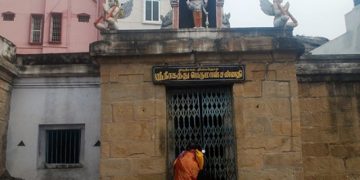
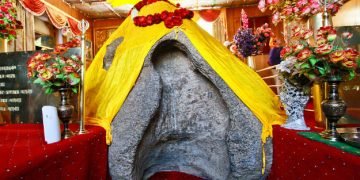
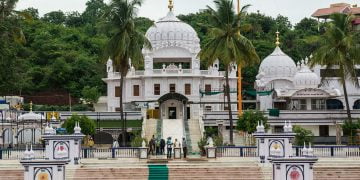

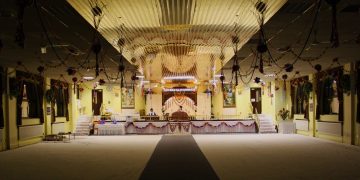
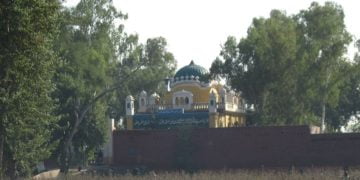
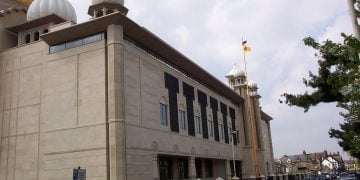
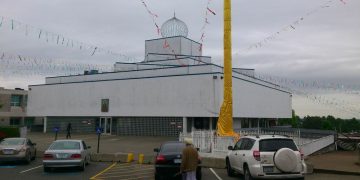
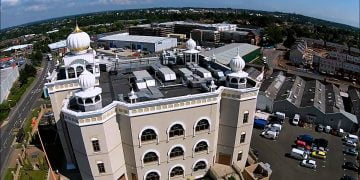
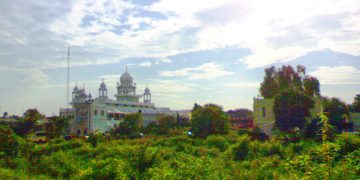
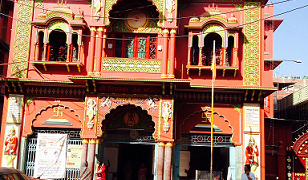
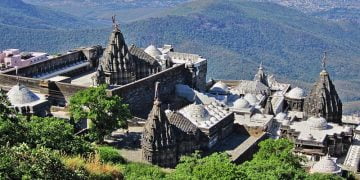
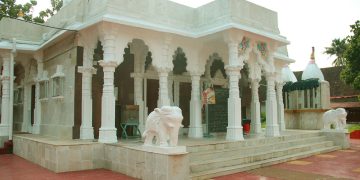
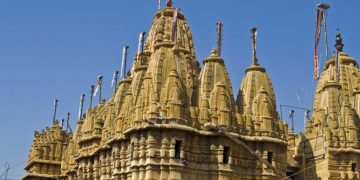
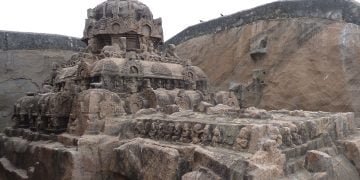
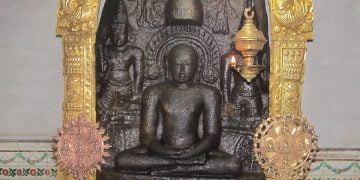
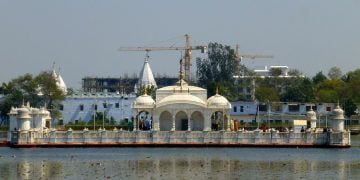

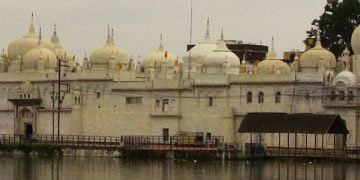



Discussion about this post